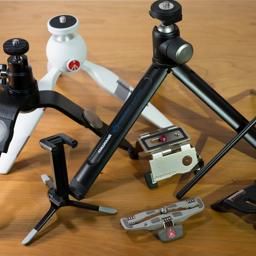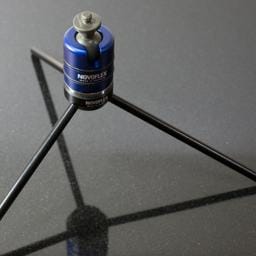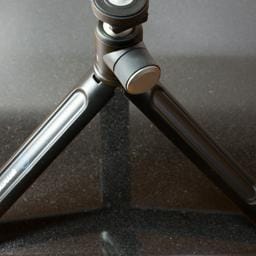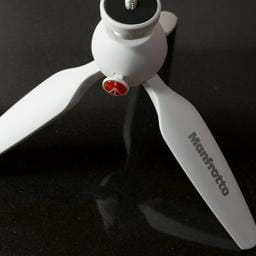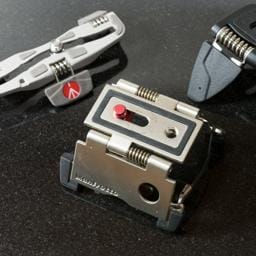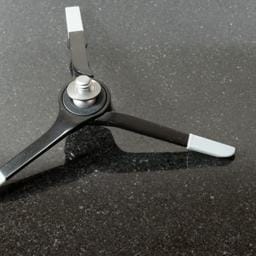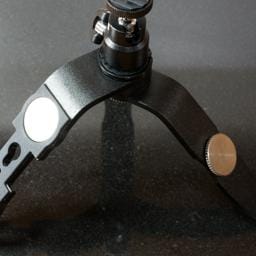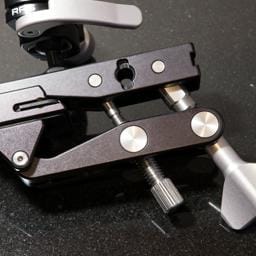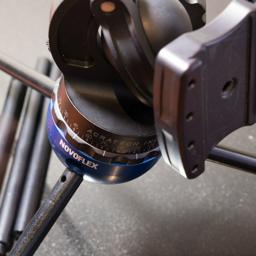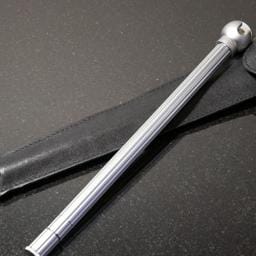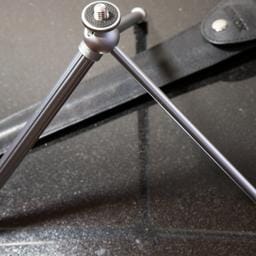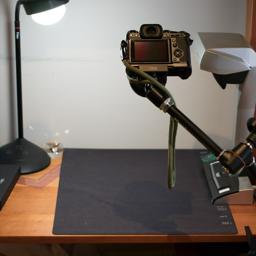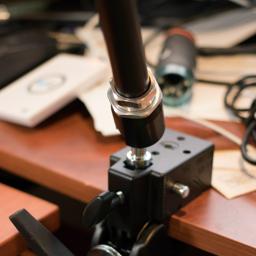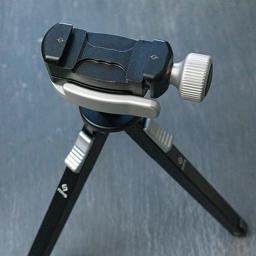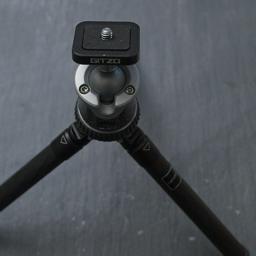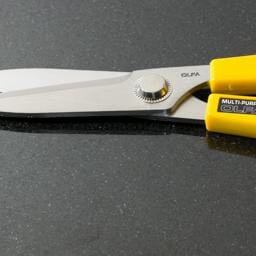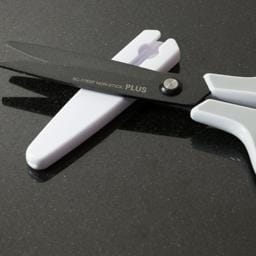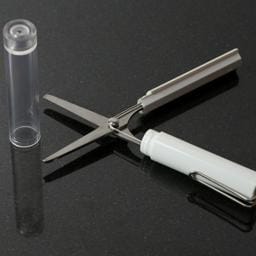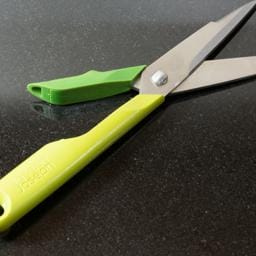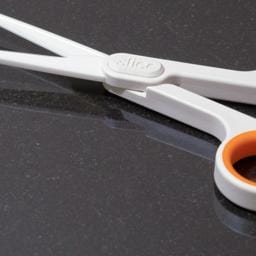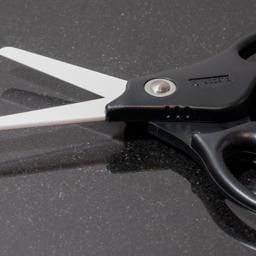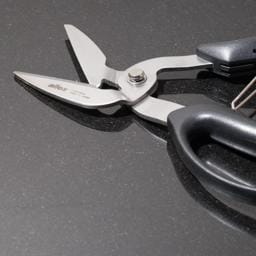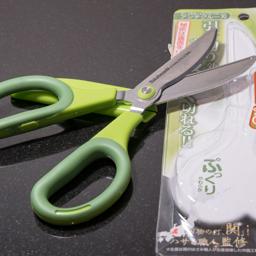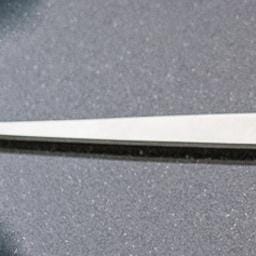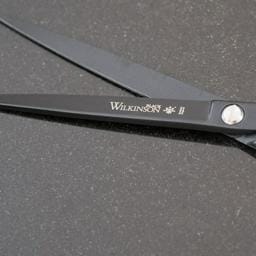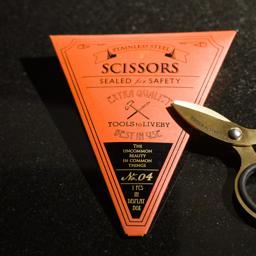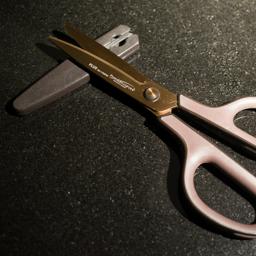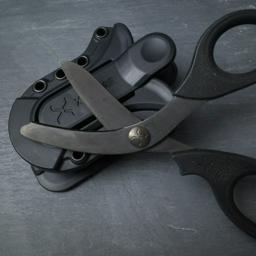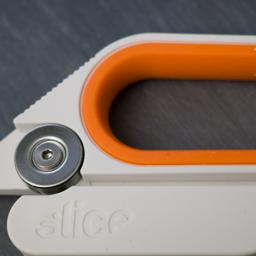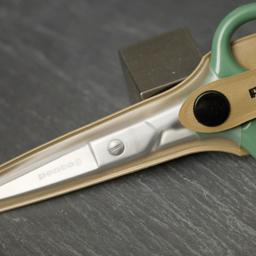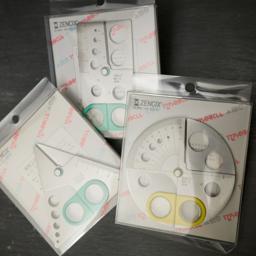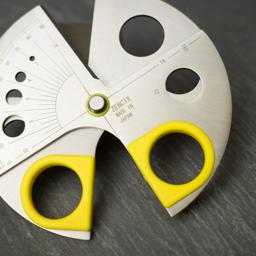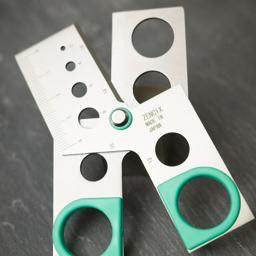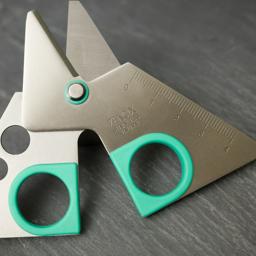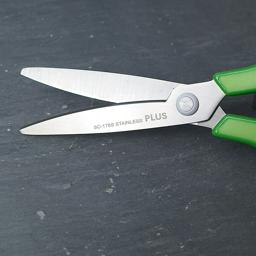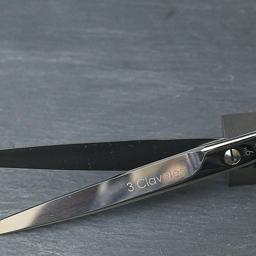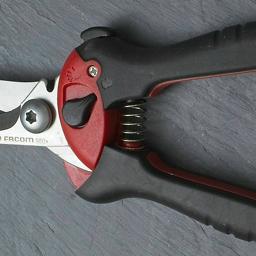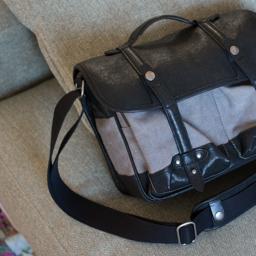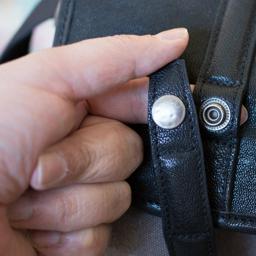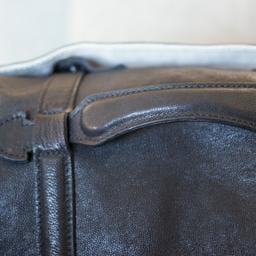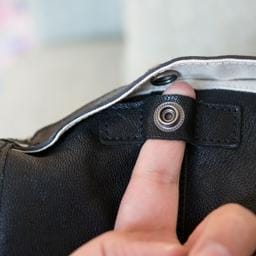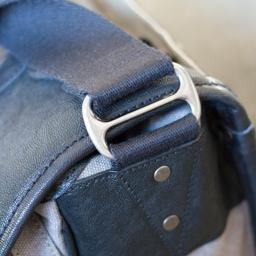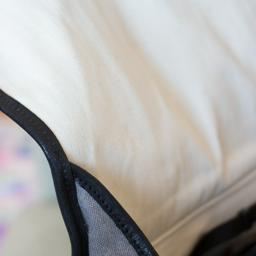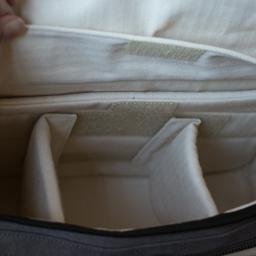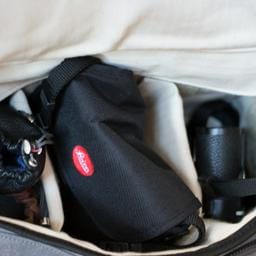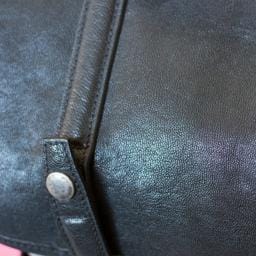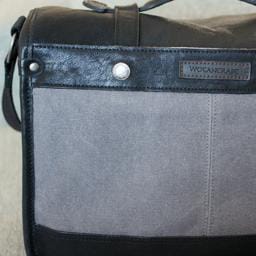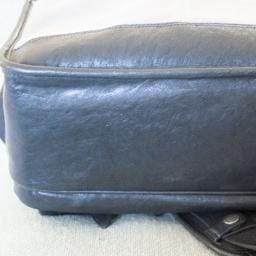One of the joys challenges of being a first-time parent is being exposed to a bewildering array of gadgets and equipment required to care for the baby, from baby car seats, strollers and diaper pails to 2-axis rocking robots (thanks Rohit!). There is an entire cottage industry of books like Baby Bargains that help you navigate through the confusing and sometimes questionable or outright unnecessary choices.
I have a Withings body weight scale that I really like and I was excited to learn they were going to release a networked video baby monitor. It took a while to get to market in the US, however, so in the interim I purchased a Philips Advent DECT digital baby monitor, which ended up unusable in practice, because its microphone sensitivity is so poor that you can barely hear anything. When the Withings baby monitor finally became available in the US, I immediately ordered it.
Withings is clearly taking design cues from Apple, from the lavishly designed packaging to the glossy white plastic RoundedRect aesthetic and the use of a magnetic clip to attach the baby monitor to the crib. The clip is serviceable, but the magnets are not quite strong enough to hold the unit firmly onto the crib. I would not trust it to keep the monitor from toppling when the baby grows and kicks at the crib. Fortunately they also include a flip-out tab on the base of the unit that can be inserted into a slit on the clip to prevent sliding, although it is not obvious and it took me a while before I discovered this key feature.
The wall wart is a generic black model with swappable AC prongs for international markets, and detracts from the overall package, but since the monitor has a micro-USB input, you can always use another standard AC to USB type A adapter like the iPhone’s, with a USB type A to micro-USB cable. A rechargeable battery is included, with 2 hours’ claimed life, I did not verify that spec.
The initial out of the box experience is good: you connect to the device from your iPhone or iPad using Bluetooth (no messing around with a USB cable as with the Withings scale), enter the WiFi settings in the Withbaby app, and then use WiFi to access the device afterwards. It is as streamlined an experience as you can expect without a keyboard on the unit. There is also an Ethernet jack (it is unclear whether it supports power over Ethernet), but my house was built in 1928 and is not wired upstairs where the baby lives.
Once you enter your credentials into the app, it connects to the monitor and shows you the video and sound. If you put it in the background, you have the option of monitoring audio. Withings will also send you alerts via push notifications if the temperature or humidity is excessive, or if it detects noise or motion. The default settings are way too twitchy, however, and you will find yourself disabling audio notifications as the deluge of alerts is just too much.
The device includes a night light with selectable color, a lullaby player, and the ability to speak to your baby, all controlled through the app. At the front you also have touch controls to turn some of these features on. This is actually a bad idea, as on two occasions I started the lullaby by accident as I was fumbling with it in a dark room, and woke up my baby as a result. Another design flaw is the pulsing blue night light when the unit is rebooting, the Airport Express like amber/green status LED in the back is quite sufficient. Frankly the only one of these features that is useful is the speaker, and the ability to stream from your music collection, such as Dr. Harvey Karp’s white noise selections would be preferable to the canned lullabies.
The video camera is advertised as having a 3 megapixel sensor. It has a wide-angle lens and you can “pan” using the usual iPhone or iPad gestures. The lens is a fixed-focus plastic one, and optical clarity is so-so at best, optimal focus seems to be at 50cm or so. One great feature is the monitor has a normal and night vision mode, similar to the one on some Sony HAD camcorders, with an IR illuminator that provides light for the night vision mode. This means you can watch your baby toss and turn in an otherwise pitch-black room.
You can use the baby monitor from outside your network, and it works fine, even over a 3G connection. Withings allows you up to 15 minutes per day, anything beyond that requires paying them $6 for each 100 minutes. Coming on top of an already expensive device, this seems like a naked money grab from anxious parents. (Updated 2012-09-29: remote monitoring is now free and unlimited).
When the unit works, it is absolutely great: good sound sensitivity and the video feature mostly works as advertised. Unfortunately it frequently does not function, and I find myself performing a hard reboot by removing the battery far more often than I would like. Among the pathologies:
- Once it falsely reported the unit was closed and thus video inaccessible
- Once the camera was in a frozen state, it took a power cycling to get the video moving again.
- Yesterday I could not connect at all, no matter how many times I rebooted my Airport Extreme, the monitor and my wife’s or my iPads. Some detective work using a packet sniffer showed the app was trying to connect to babyws.withings.net using HTTP, which is aliased to s11.withings.net, and that server was down. Some of the documentation suggests you can use the Bluetooth connection to access the monitor, but I was not able to figure out how to do this.
This brings me to a crucial point. The baby monitor is a safety device, and it is utterly unacceptable for its functioning to be dependent on a cloud service, which can and will be a single point of failure. It should use Bonjour or similar discovery methods to work on the LAN, and rely on Withings’ servers only when accessing it from outside the home LAN’s perimeter. I wonder if Withings’ eagerness to nickel-and-dime users by charging for outside monitoring led to this critical design flaw.
The bottom line is the Withings smart baby monitor is a very frustrating device, with its obvious potential marred by failures of execution. If it worked consistently, it would be a top-notch product worthy of its Apple inspiration and lofty price tag, but the general lack of reliability means I cannot recommend it until the bugs are ironed out. Consider it an alpha release at best.
Update (2012-09-17):
Here’s how to make the Withings not-so-smart baby monitor more usable:
- Remove the battery from the unit and hook up the micro-USB power adapter to a Belkin WeMo remote-controlled power switch. This allows you to power-cycle the baby monitor remotely from the same iPhone or iPad you are using the monitor software on.
- Hide the blue led with gaffer’s tape. This prevents the blue light on reboot from waking the baby. Unlike duct tape, gaffer’s tape can be removed without leaving glue residue, although the aesthetics of dark gray gaffer’s tape on the gleaming white unit are questionable at best.
- I haven’t tried covering up the touch controls with gaffer’s tape, which would eliminate the risk of triggering a jingle and waking the baby. The WeMo eliminates the need to enter the room and tinker with the baby monitor.
It’s quite sad to have to pay an extra $50 to work around buggy hardware and software, but it makes a big difference.
Update (2013-05-20):
The micro-USB connector failed and the baby monitor is now essentially a doorstop. Not surprising given how flimsy micro-USB is, compared to mini-USB, for insignificant space savings. Micro-USB was a Nokia design rammed through the USB-IF. In theory it has better insert-remove cycle life than mini-USB, but in practice I’ve never had mini-USB fail, whereas it is a frequent occurrence with micro-USB.
Update (2015-08-17):
USB-C is an improvement over micro-USB, hopefully some future version of the baby monitor will use it. Still nowhere near as robust as Lightning or tip-ring-sleeve, though.

